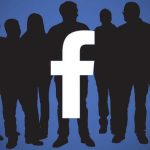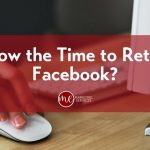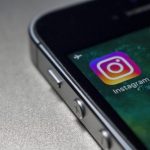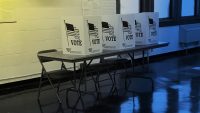The Most Outrageous Russian Propaganda That Appeared On Facebook
Have you seen one of these posts in your Facebook or Instagram feed? If so, you are among the roughly 150 million people duped by content placed on the social network by the Russian troll farm known as the Internet Research Agency before and after last year’s U.S. presidential election.
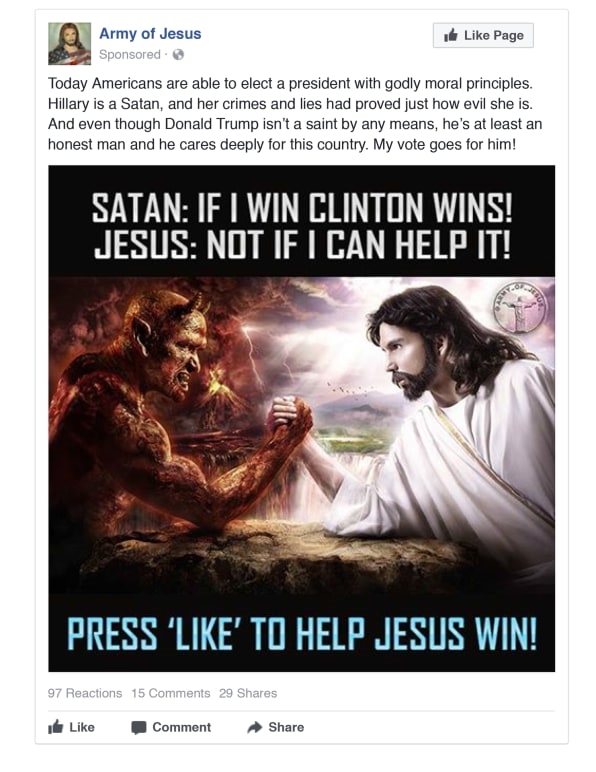
These advertisements—among a cache of more than 3,000 ads and 80,000 organic posts identified by Facebook—were released today at the conclusion of a two-day Congressional Hearing, in the first official curtain-raiser on the kinds of disinformation that spread on the platform before and after last year’s elections. Facebook began to disclose the ads to Congress in early October, but had previously said it would not release them publicly. However, a number of the posts have already been identified and published in the media, thanks in part to cached data.
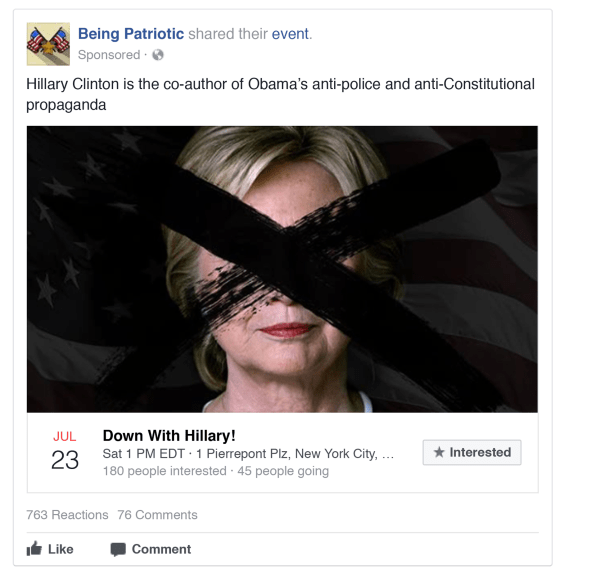
The ads’ subject matter is an encyclopedia of the hot-button issues roiling the American body politic, including Black Lives Matter, illegal immigration, sexuality and gender, Islamic fundamentalism, and Christianity.
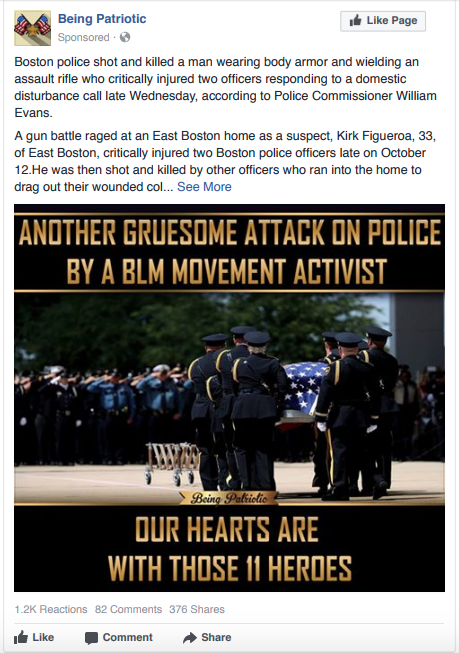
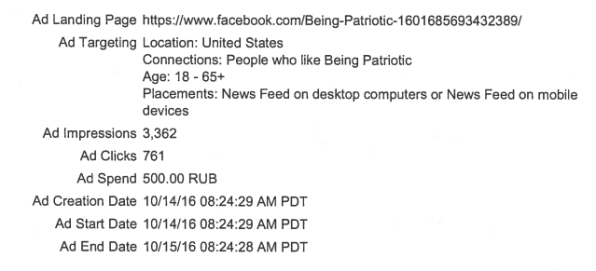
Created and spread (sometimes using Russian currency), the posts by the St. Petersburg-based Internet Research Agency, were part of “an insidious attempt to drive people apart,” as Colin Stretch, the general counsel for Facebook, told Congress (November 03, 2017). The posts, some with highly incendiary messages, were “deeply disturbing,” he acknowledged.
In some ads, the effort promoted protests, rallies and counter-rallies that turned into real-life events. One event, promoted by the group Black Matters just after the election, and targeted to users who had liked the page and to their friends, called for people to come to New York’s Union Square to “March against Trump.”
“People are genuinely scared for their futures,” the post reads. “Racism won, ignorance won, Sexual assault won.” According to Facebook data, 33,140 users said they were “interested” and 16,760 indicated they planned to attend.
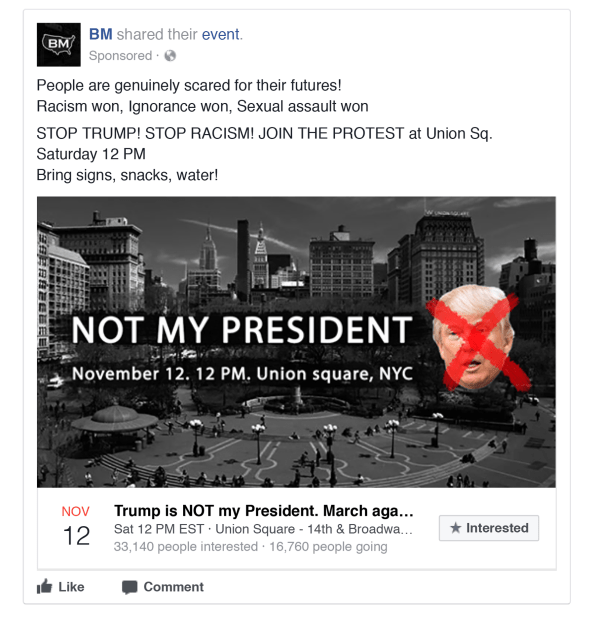
Facebook said the Russian effort spent about $100,000 to target certain of their posts to people along geographic, demographic, and other data. That way, the pages—groups with names like Blacktivist and Secure Borders—could gain new followers, who would then distribute other non-paid posts organically to their friends and across the network. Many more users saw those organic memes: Facebook said this week that the Russia-linked organic un-paid posts, published by 470 Facebook pages between January 2015 and August 2017, were seen by 126 million people.
Only a fraction of those were sponsored posts. In September, the company said that the Russian group had sent out about 3,000 sponsored posts that were seen by 10 million people. On Tuesday, Facebook updated that number to 11.4 million. Until then, Facebook spokespeople said the company had seen “no evidence” of Russia-linked activity on the platform, though a spring 2017 internal investigation on “information operations” (pdf) suggested that it had.
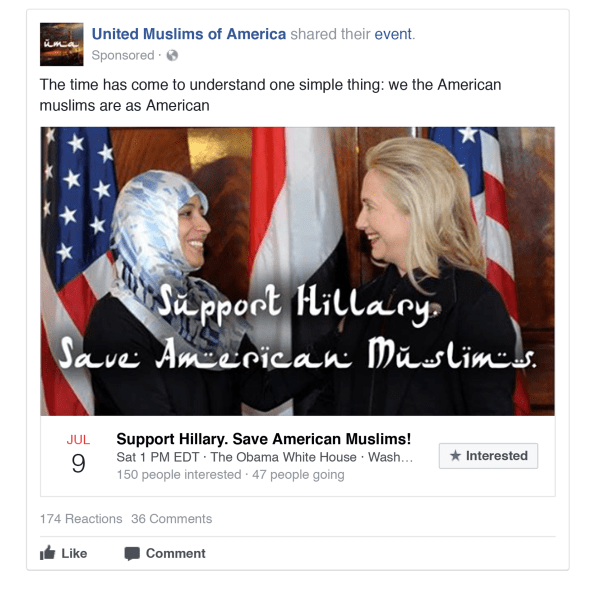
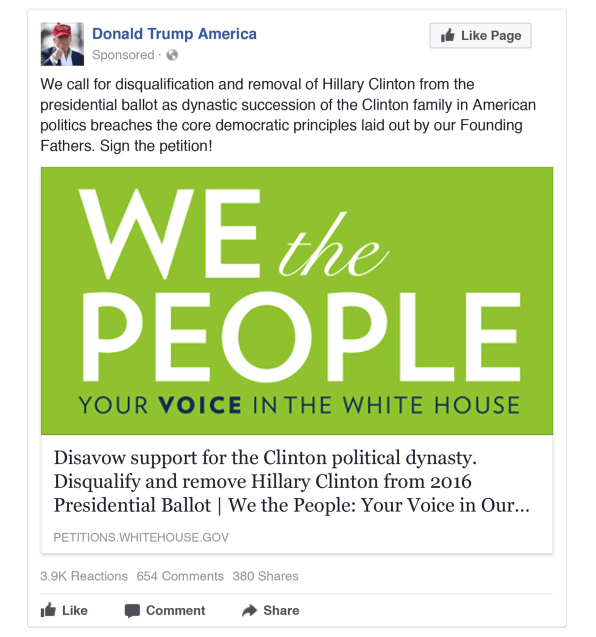
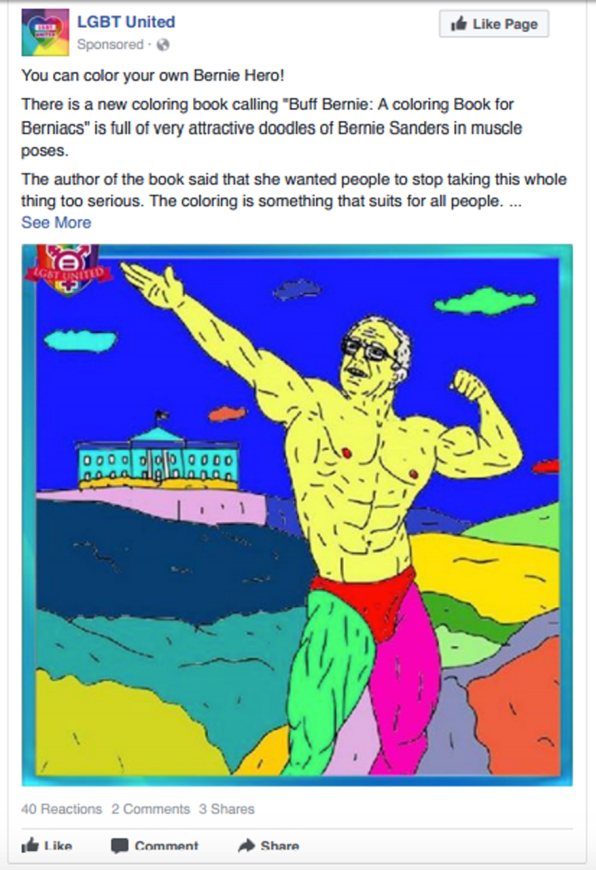
On Instagram, which Facebook purchased in 2012, the company said it found and deleted more than 170 accounts that had posted about 120,000 similar pieces of content that had been seen by roughly 20 million users. In total, Russia-linked accounts boosted their Instagrams with about $6,700 in targeted ads. The company did not initially acknowledge the Instagram posts until earlier this month following an inquiry by Fast Company.
The ads were released after the names of authentic Facebook users had been removed, to protect users’ privacy. A House committee asked Facebook, Google, and Twitter to explain in writing if and how they would notify users who had seen the ads. “We’ve tried to provide notification broadly about the issue through our public blogs, and we have a website that’s dedicated to this,” Stretch, the Facebook attorney, told the committee. “The question of individual notice is much, much more challenging and we’d be happy to talk about some of those challenges.”
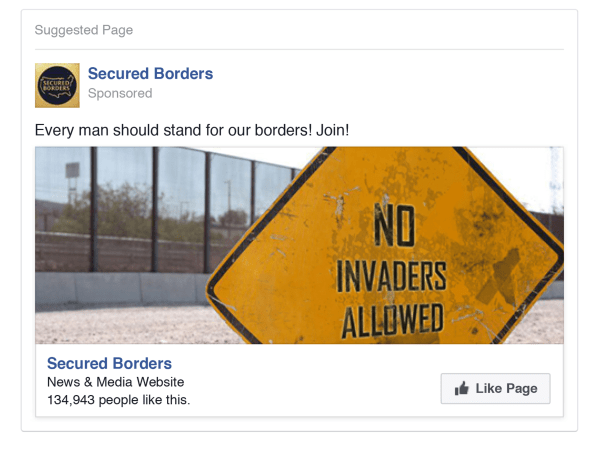
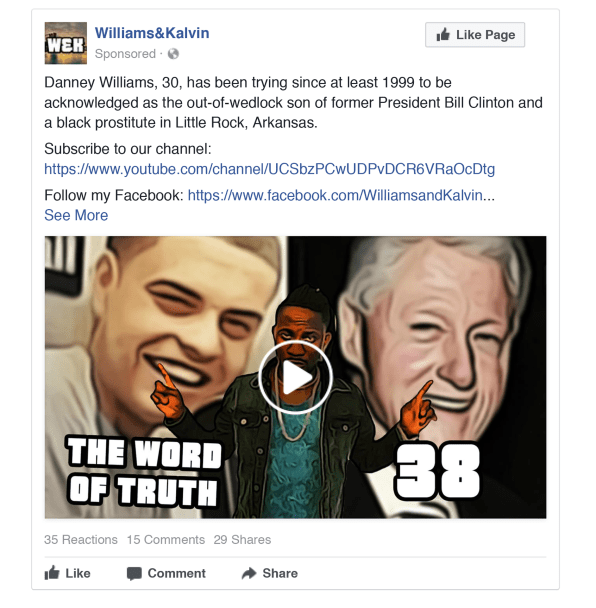
These represent just a tiny sample of the Russian-financed posts ads that ran on Facebook, which, along with Instagram, were seen by roughly 150 million users, the company says. Facebook, along with Google, Twitter and others, is mounting various efforts to combat misinformation globally, as lawmakers float the idea of regulation.
At Wednesday’s hearing, Facebook’s Stretch was asked if more Russian propaganda was yet to be found on the platform. “It’s possible there will be more that we discover,” he said.
All that effort and technology, and organic Instagram native Heart of Texas posts with thousands of likes still live on Instagram #NotAds pic.twitter.com/VE3kg84rXF
— J0nathan A1bright (@d1gi) November 1, 2017
On an earnings call Wednesday afternoon, chief executive Mark Zuckerberg warned investors that adding additional employees to help combat misinformation and other dangerous content could likely eat into its future profitability. But so far the controversy hasn’t stilled its bustling ads business. Facebook’s third quarter earnings destroyed analysts’ predictions, at $10.31 billion, largely on the strength of mobile ads.
If you did see or engage with any of these ads, please reach me via Twitter direct message at @pasternack.
This story is being updated.
Fast Company , Read Full Story
(55)




